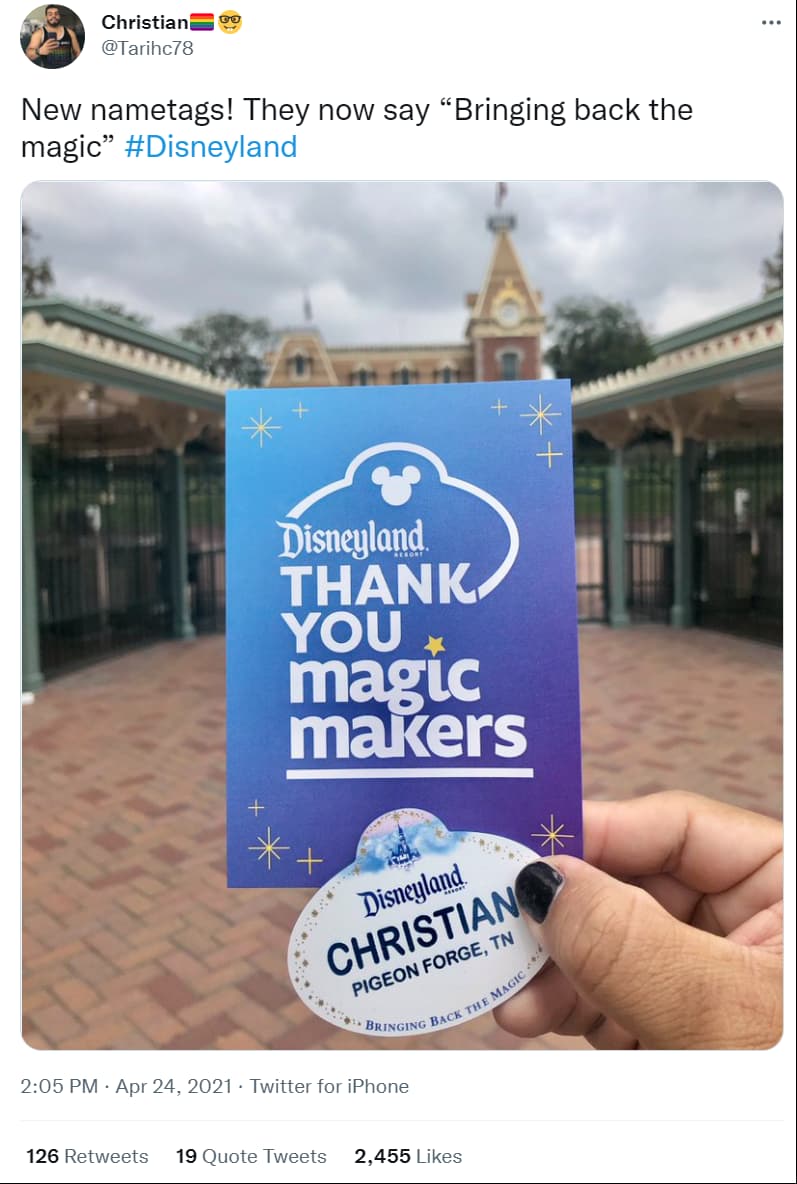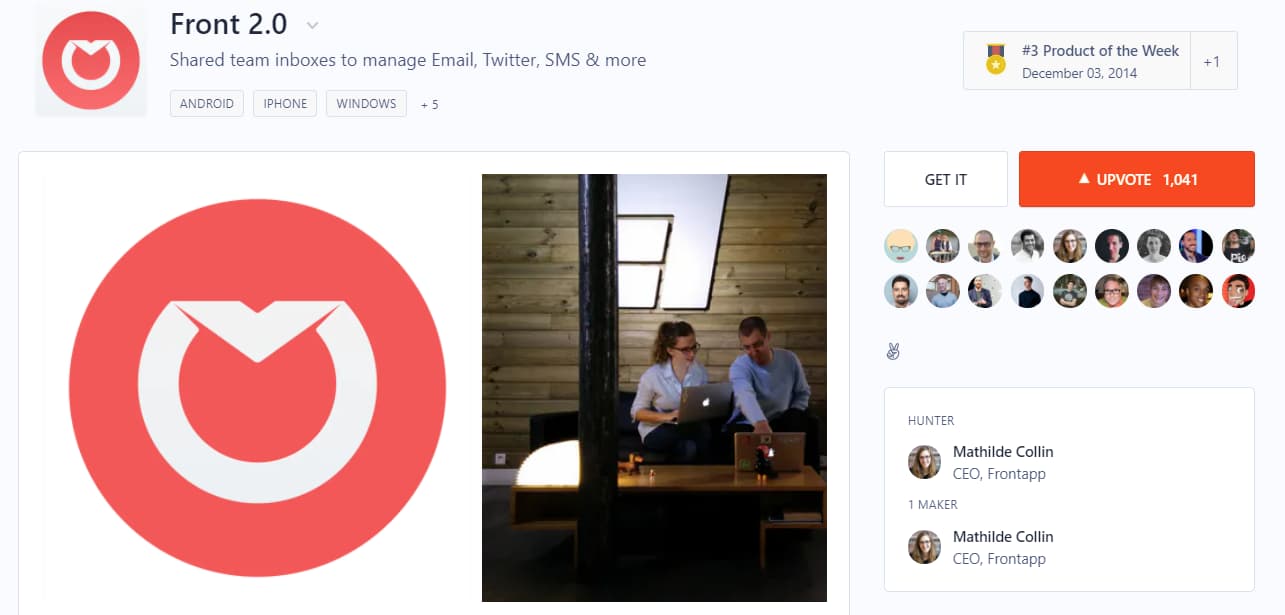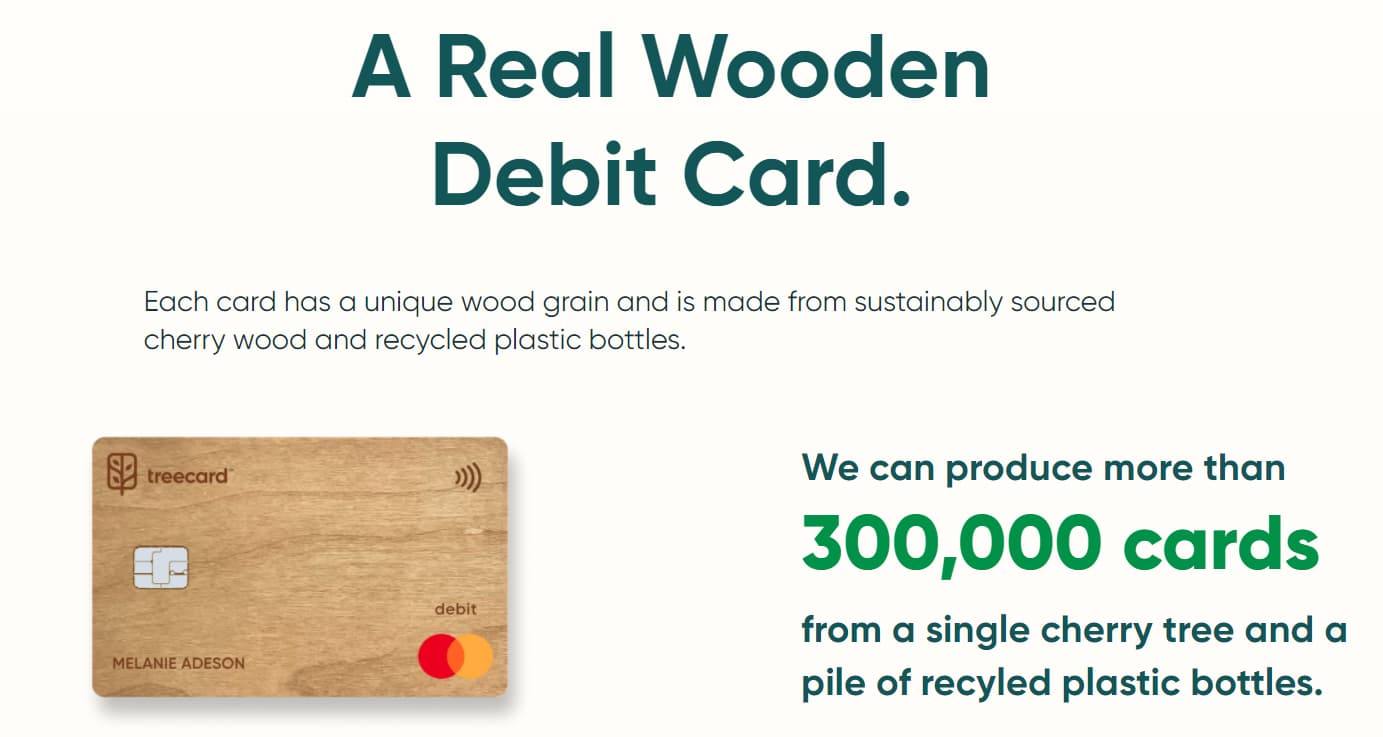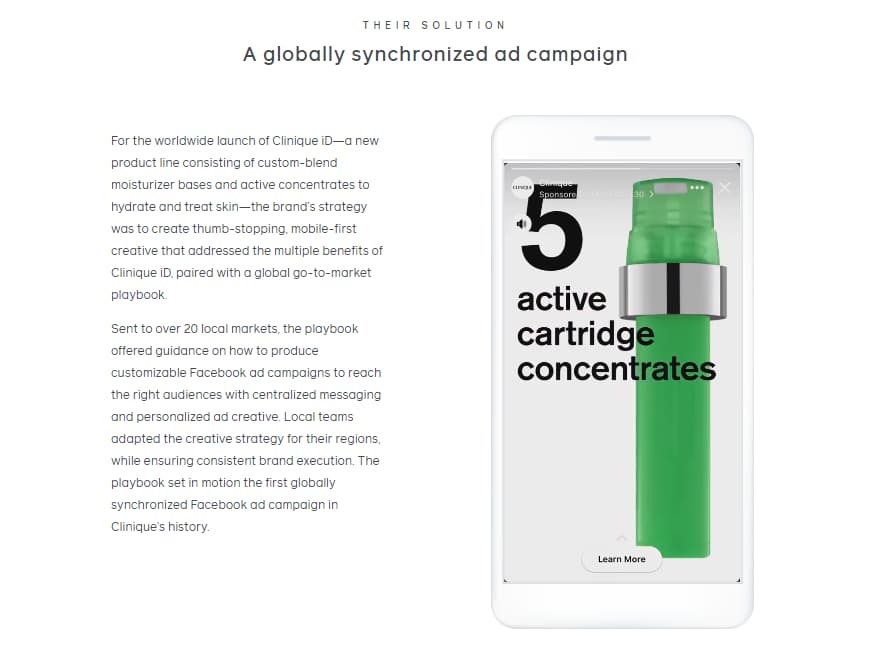5 distribution methods to jolt a tired product launch strategy
.jpeg)
.png)
.jpeg)
.png)
Shot through the heart and you’re to blame, Darlin’, you give product launch strategies a bad name. “Darlin,” in this case, is lackluster email and social media campaigns. Email and social posts have their uses, but sometimes something as special as a product launch strategy needs a bit more rock n’ roll to get it moving.
When you launch a product, you need to stand out from the crowd by being bigger and bolder (and more strategic 😉) than the competition. A winning strategy usually requires a symphony of distribution methods to successfully build up your brand over time, hype your product’s arrival, and keep that cowbell ringing.
Emails and social media posts (via your company’s accounts) are easy first steps, but they limit your reach to people who probably already know you. With a wider variety of distribution methods blaring your product's anthem, every person in your target market will know who you are and chant your name.
Employee evangelism is turning the people at your company into brand ambassador groupies: people who share your news, content, and brand across their socials to generate buzz for your launch. This strategy is so effective because, according to Nielsen, 83% of online respondents trust their friends and family’s recommendations. When you empower your team to promote your brand, you can harness that trust and turn it into increased visibility for your product.
This year when Disney wanted to reopen their parks and launch their new Star Wars rides and area, they turned to their employees to help them. Employees got to be the first to experience these new areas, and they were quick to share their experiences online with their friends, families, and followers.

These employees’ pictures quickly began to make the rounds on social media and news sites interested in the new Star wars-themed land, helping Disney promote the new launch.
If you want to use employee evangelism, here are some key tips to make it truly sing:
Industry influencers are trusted individuals in your niche, and by using their social media platforms, they can connect your brand with thousands of potential future users. Influencers are important to get on your side because they have the authority and reach to promote your product launch.
One company that used this product launch strategy was the mattress-maker Casper when they launched their new line of dog beds. To promote their product, they invited 20 of the top dogs on Instagram to a launch party and live-streamed the whole thing.

The event worked. (And how couldn't it, with these handsome pooches?) The stunt and the publicity driven by the influencers got Casper featured in publications like Time and People while breaking the internet with seemingly every dog-lover online sharing, liking, and commenting on the content.
So how can you make a splash with influencers? Here are some tips to get you going:
Product Hunt is a website where companies can introduce new products to people interested in finding the next great thing. It’s like a social media site for new products with users sharing, upvoting, and discussing the products that excite them. The more buzz your product generates, the more exposure your product will get on their homepage, which in turn can get you new signups for your product.
The nice thing about Product Hunt is that new products don’t need to be all glitz and glam. Back in 2014, Front 2.0 successfully launched on Product Hunt as a tool that promised to revolutionize collaborative email. It might not be something you’d have a poster of in your room, but it caught the imagination of users on Product Hunt, going on to be a Product of the Week in 2014.

Front is still going strong today, raising $59 million in Series C funding in 2020. Product Hunt helped them out by getting the word out to early adopters about their products, something that might’ve been hard on more B2C-friendly sites like Instagram or Facebook. If you’re interested in trying Product Hunt for your launch, make sure to:
Product managers usually see content marketing as more of a post-launch distribution tactic. Starting early, however, can be just the thing your product launch strategy needs: attracting new adopters through SEO and convincing people who’re on the fence about the merits of your product.
Treecard, a wooden debit card currently being launched by the search engine Ecosia, is using its homepage to help improve its product launch.

Their homepage plays three roles: It’s a place to sign up for the card waiting list, it displays their main value props (more sustainable ways of banking are always rock n’ roll), and it drives search traffic to their website. Around 80 people a month search for “wooden debit card,” according to SpyFu’s organic keyword checker.
Content marketing may be old hat for a lot of product managers, but if you want to use it for your product launch, make sure to:
Online ads are an easy and fairly inexpensive way to grow brand awareness, something sorely needed by many companies when they’re still trying to make it big. The main advantage of online ads is they can be targeted to a specific market with terrific accuracy and a nearly endless reach. So if your target market is brown-eyed girls into Van Morrison, ad providers like Google Ads and Facebook ads can make that happen.
Even established brands are turning to online ads to give their launches extra oomph. In 2018, skincare giant Clinique launched its new product line with an ad blitz across Facebook and Instagram.

Clinique’s social media ad campaign built awareness for their new line, using video ads targeted at different funnel segments to build awareness and maximize conversions. You don’t need the buying power of Clinique to take advantage of this product launch strategy, either. Highly-targeted campaigns with fewer ad placements are affordable for even small companies, with the average cost-per-click being around $.28 in the U.S.
Online ads are great because they’re instant. Turn them on when you want to promote and turn them off when you’re done. But if you’re new to them, here are some tips to keep everything moving in the right direction:
If you’re launching a product, you already know your target market (or at least you should). For your product launch strategy to succeed, pick several distribution methods that would capture your target audience. Launching a fintech app? Maybe lay off Instagram and opt for Product Hunt. Pick and choose, creating a roster of distributors that'll give your product long-lasting and robust exposure. The more times you get your product in front of people, the better chances you’ll have of people recognizing the brilliance of your idea.